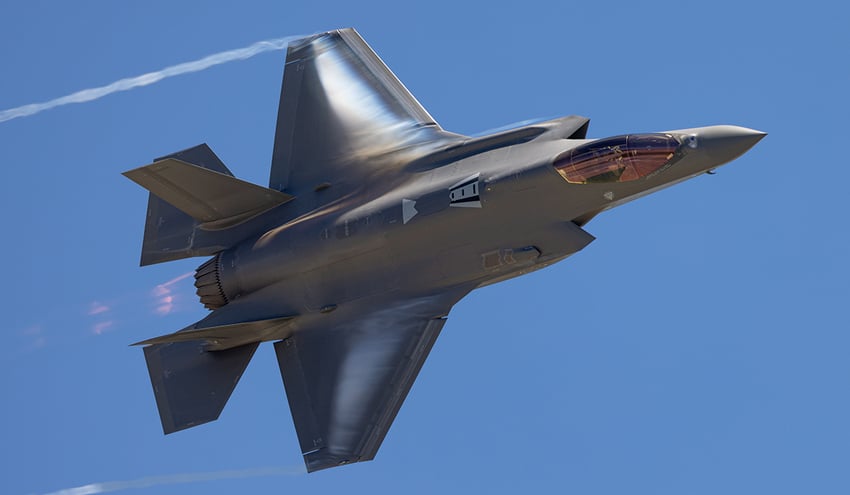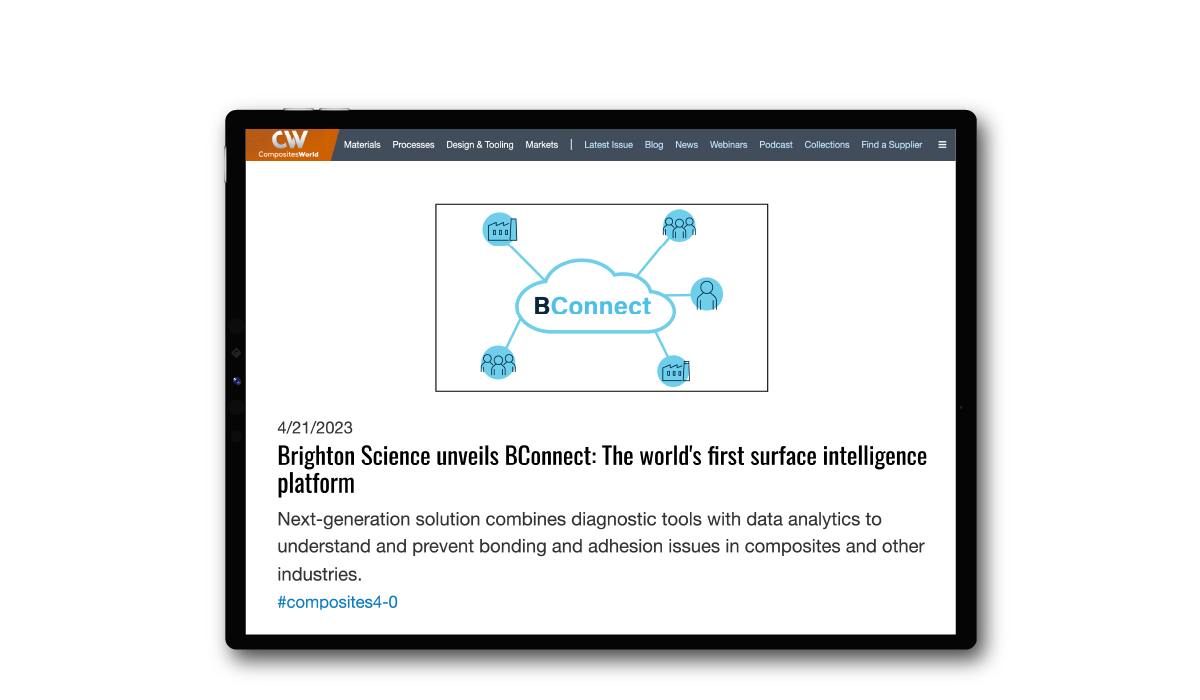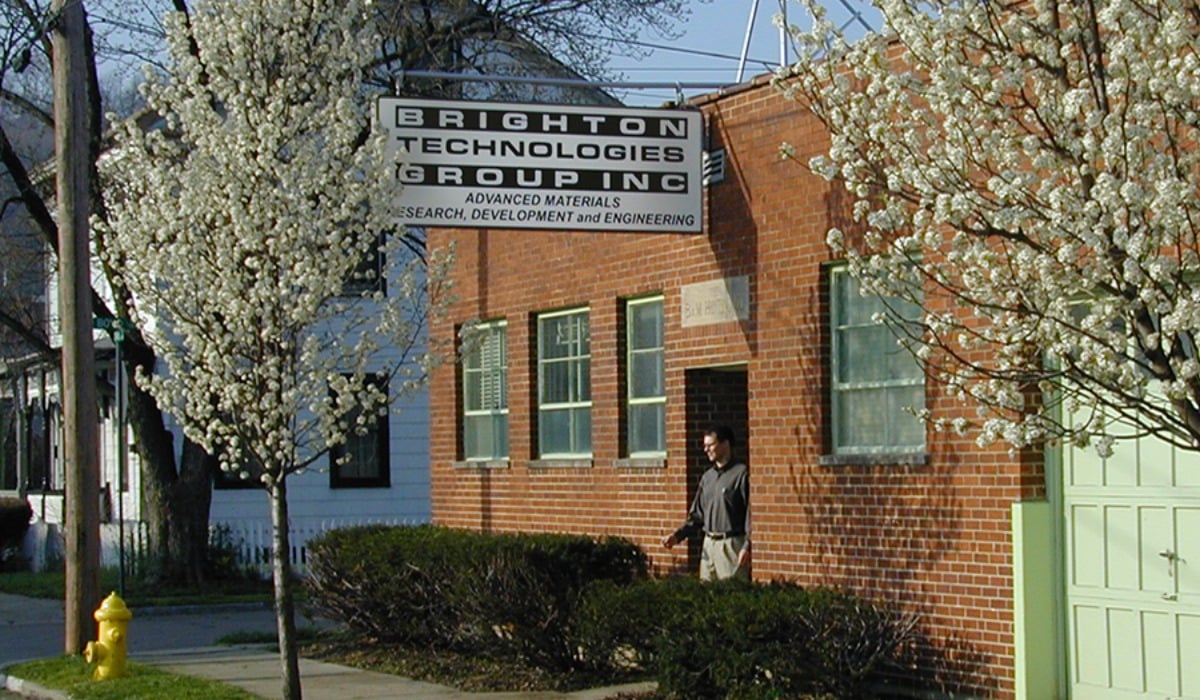Brighton Science is an organization dedicated to leading advances in surface intelligence. A prime example of this is the business' role in developing the most advanced fighter jet in the world, the F-35 Lightning II, the Joint Strike Fighter (JSF).
This program has been a cornerstone of Brighton Science since its founding. It has provided a wealth of knowledge and experience to the company, quickly making them industry experts in surface science and adhesive structural bonding.
The F-35 Lightning II Program
The F-35 Lightning II is a next-generation fighter aircraft managed by the Pentagon’s F-53 Joint Program Office and designed for use by the U.S. Air Force, the U.S. Marine Corps, the U.S. Navy, and U.S. and international customers. Using a global supply chain, Lockheed Martin is the primary contractor, partnering with BAE Systems and Northrop Grumman.
The F-35 joint strike fighter is designed to successfully execute all missions, including those not traditionally fulfilled by fighter aircraft. Upgrades include air-to-ground and air-to-air missions, electronic warfare, command and control, and tanker escort. The F-35’s stealthy design and powerful sensors allow it to evade detection and operate with impunity in heavily defended environments.
Brighton Science's Role in the Lightning II Program
In the early 2000s, the U.S. Air Force recruited Brighton Science to aid in developing advanced bonding technologies for composite materials that would replace heavier materials like aluminum and titanium in aircraft manufacturing. Carbon fiber composites typically provide lighter and stronger options, but to effectively utilize the advantages that composites offer, carbon fiber composites must be joined by adhesive bonding rather than the traditional method of mechanical fasteners.
Surface preparation and cleanliness before bonding are critical to ensure proper bond strength and avoid costly reworks in the production of the aircraft and sustainment in the field. The primary obstacle to bonding structures reliably has been the need for a practical way to ensure an adhesively bonded joint will work as designed.
Thus, the need for an effective method to validate surface quality - aka Brighton Science - was born.
Get hands-on with your surface cleanliness with the Surface Analyst 5001.
A Quantitative Method for Surface Cleanliness Inspection that Reduces Cost
The F-35 Lightning II Joint Program Office released a booklet of Small Business Success Stories to share the involvement and collaboration from innovative companies like Brighton Science (formerly BTG Labs).
Watch how Brighton Science's Surface Analyst provided a way to accurately and precisely measure a surface's readiness to bond confidently:
How Brighton Science Leverages the High Standards of Quality and Performance Set by the F-35 Program
The F-35 program is one of the most technologically advanced programs in the world, with advanced stealth technology and a robust suite of sensors. Because this program was so complex, it required extensive testing and evaluation to ensure that it met the high standards of performance and quality required by the Air Force.
Brighton Science uses its expertise and experience in surface intelligence development to ensure that its solutions in other industries meet the same high standards of quality and performance set by the F-35 program.
Brighton Science offers unique insight and strengths that help organizations in all industries achieve innovative solutions and break through barriers to move the business to the next level.
Learn how to leverage surface intelligence in your product development process to transform how your organization delivers new products to the market. Download the eBook: The Advanced Guide to Transforming Product Development Through Surface Intelligence Data & Technology.





